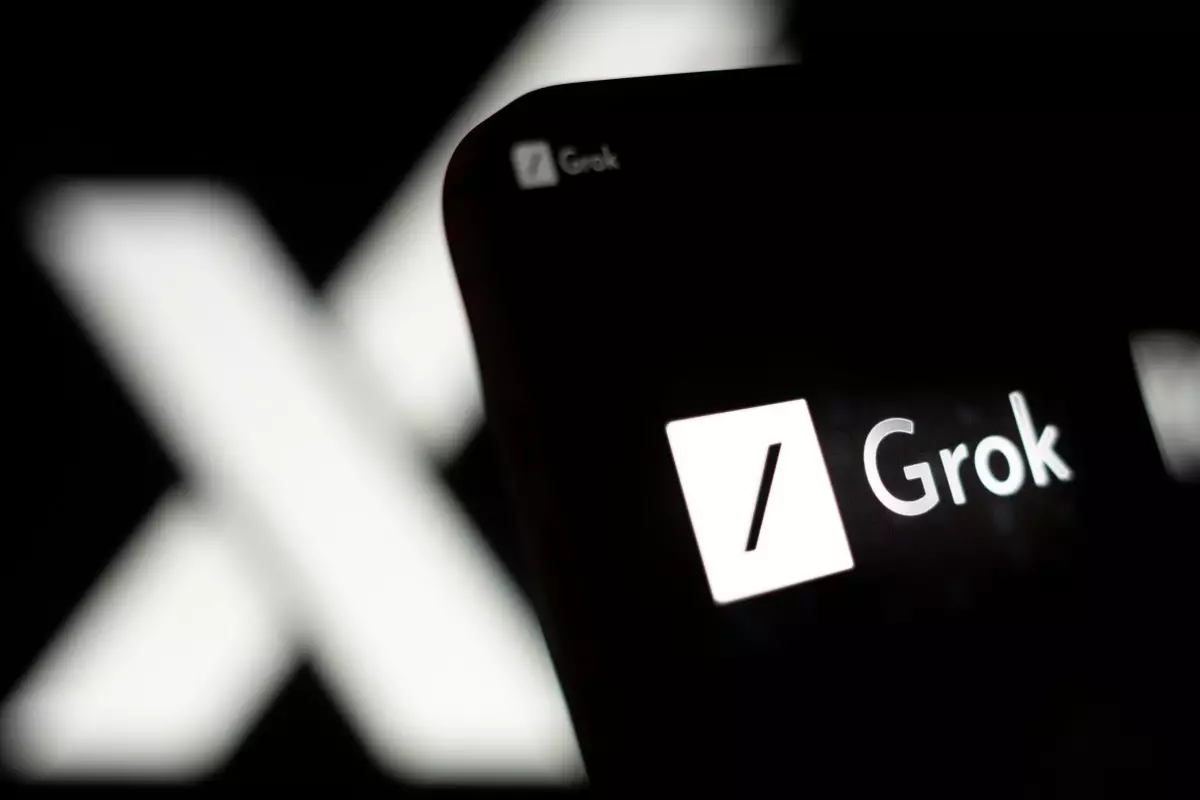Elon Musk continues to captivate the world with his audacious ventures, and his AI company, xAI, is one of the latest additions to his expansive portfolio. As Musk faces a countersuit from OpenAI, xAI is undeterred and is pushing forward with the rollout of its flagship AI model, Grok 3. After months of anticipation since its announcement, Grok 3 has emerged as a noteworthy competitor to established giants like OpenAI’s GPT-4 and Google’s Gemini. This move illustrates not only Musk’s relentless pursuit of innovation but also his ability to disrupt the AI landscape, as he reimagines how we engage with technology.
Grok 3’s capabilities extend beyond mere text generation; it promises to analyze images and provide insightful responses, enhancing user experience across various applications. Integrating Grok 3 into Musk’s social media platform, X (formerly known as Twitter), reflects his strategy of merging AI capabilities with existing user engagement tools, thereby creating a more interactive environment. The launch of Grok 3 through an API signifies a pivotal moment for xAI, as it offers developers a chance to harness the power of this technology while contributing to a broader ecosystem of innovation.
API Structure and Pricing Strategy
The API service for Grok 3 breaks down into two distinct offerings: Grok 3 and Grok 3 Mini, both tailored for different user needs. At $3 per million input tokens and $15 per million output tokens, Grok 3 is positioned at the higher end of the pricing spectrum. Grok 3 Mini offers a more affordable alternative, with costs significantly lower at $0.30 for input tokens and $0.50 for output tokens. This pricing strategy could deter smaller developers due to its comparative expense, particularly in a market filled with competitively-priced alternatives.
Notably, premium options for expedited processing times further complicate the purchasing decision, with Grok 3 and Grok 3 Mini both featuring steep price increases for speedier performance. While speed is a crucial factor in today’s fast-paced technological climate, the price point may limit accessibility for users who are budget-conscious, thus raising questions about xAI’s enduring market viability. Given these price structures, the question becomes: will the added cost yield a corresponding value in output quality and efficiency?
Benchmarking Challenges and Contextual Limitations
As the landscape of AI continues its rapid evolution, benchmark performance becomes critical in determining the effectiveness of models like Grok 3. However, controversy surrounds xAI’s claims, with accusations of misrepresentation regarding its benchmarking results. Grok 3 reportedly supports a maximum context window of just over 131,000 tokens, which is significantly lower than the one million tokens xAI initially advertised. This discrepancy not only undermines consumer trust but also points to the limitations in the usability of the model in real-world applications.
In addition to this context window limitation, users quickly discovered other areas where Grok 3 may lag behind competitors. While powerful, the model’s performance on metrics relative to its rivals has raised eyebrows, highlighting an essential discourse regarding expectations in an evolving AI arena. The perception that Grok 3 might not live up to the hype surrounding its capabilities could hinder its adoption and long-term success.
Political Bias and the Pursuit of Neutrality
One intriguing aspect of Grok’s trajectory has been its alleged political bias, reflecting the complexities of AI training data and its implications. Early criticisms highlighted trends in its responses that lean towards a particular ideological stance—namely, a left-leaning direction on sensitive topics. Musk has voiced his intent to recalibrate Grok towards a more politically neutral ground, but achieving this goal remains a formidable challenge. The potential repercussions of making Grok truly neutral are vast, spanning from user perception to market competition.
The polarized discourse surrounding AI and its responsibility further complicates the landscape. As Grok strives to break free from preconceived biases inherent in its training data, the conversation about how AI should engage with controversial subjects continues to grow. The ethical implications of neutrality raise questions about the intended role of AI—should it provide an unfiltered reflection of society, or should it maintain a balanced perspective that satisfies diverse viewpoints? As xAI navigates these profound dilemmas, the future of Grok and its alignment with societal values remains uncertain but essential for establishing confidence in AI systems overall.
Grok 3 represents not merely an advancement in AI technology but also a reflection of the challenges that lie ahead for Musk and his ambitious endeavor. With high stakes in pricing, performance, and ethical considerations, Grok 3’s journey will undoubtedly shape the broader narrative of AI development in the coming years.

